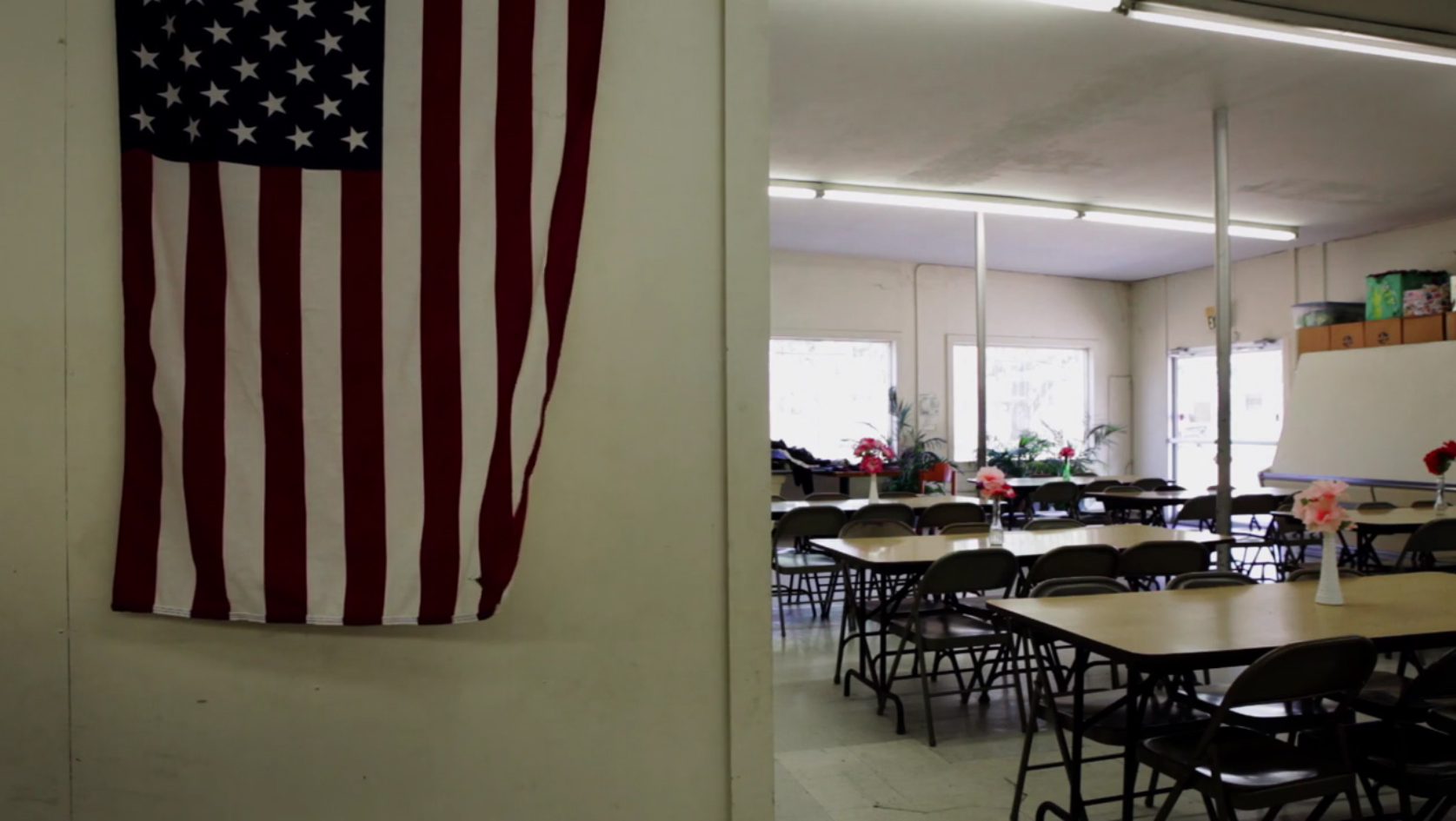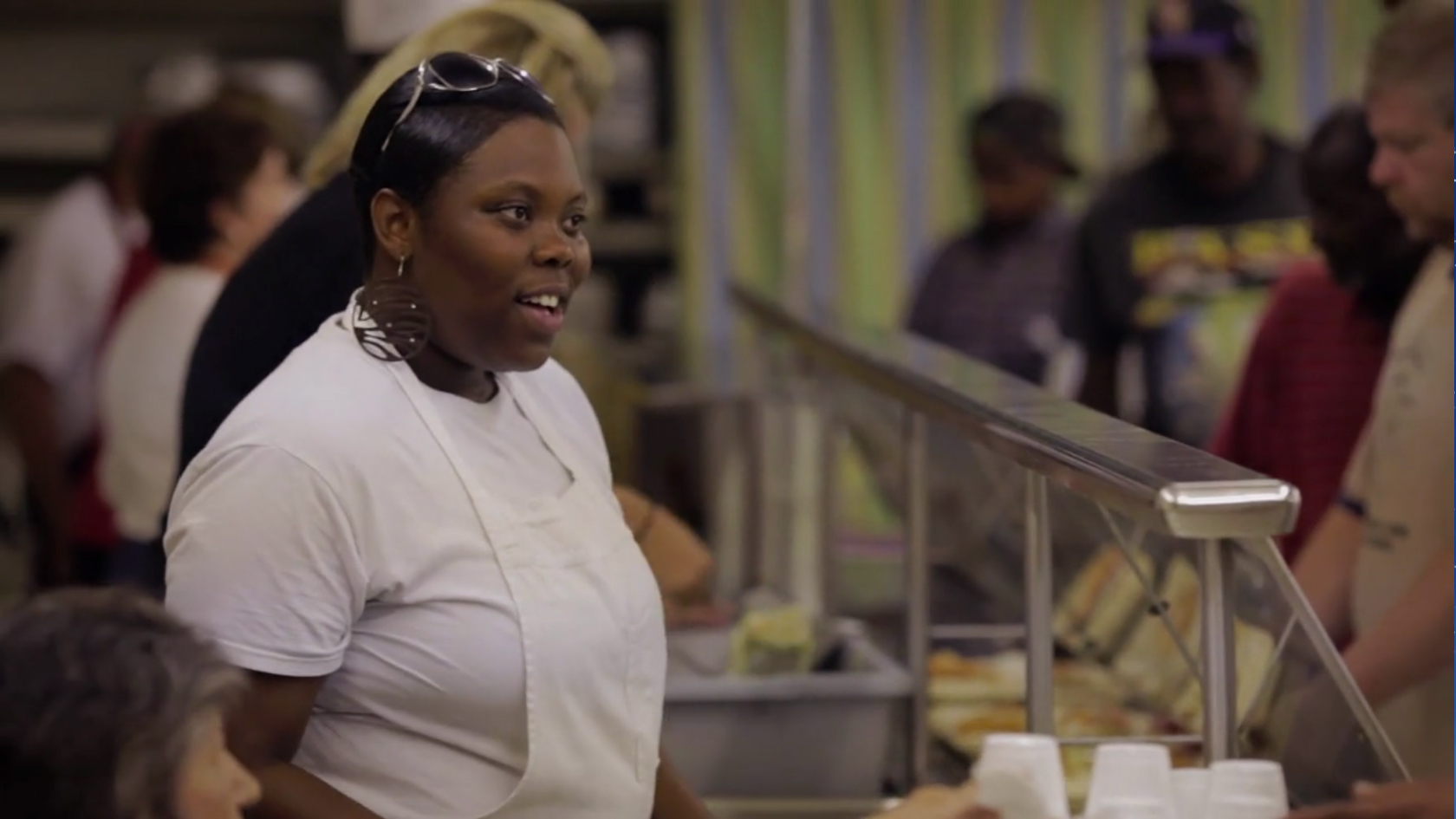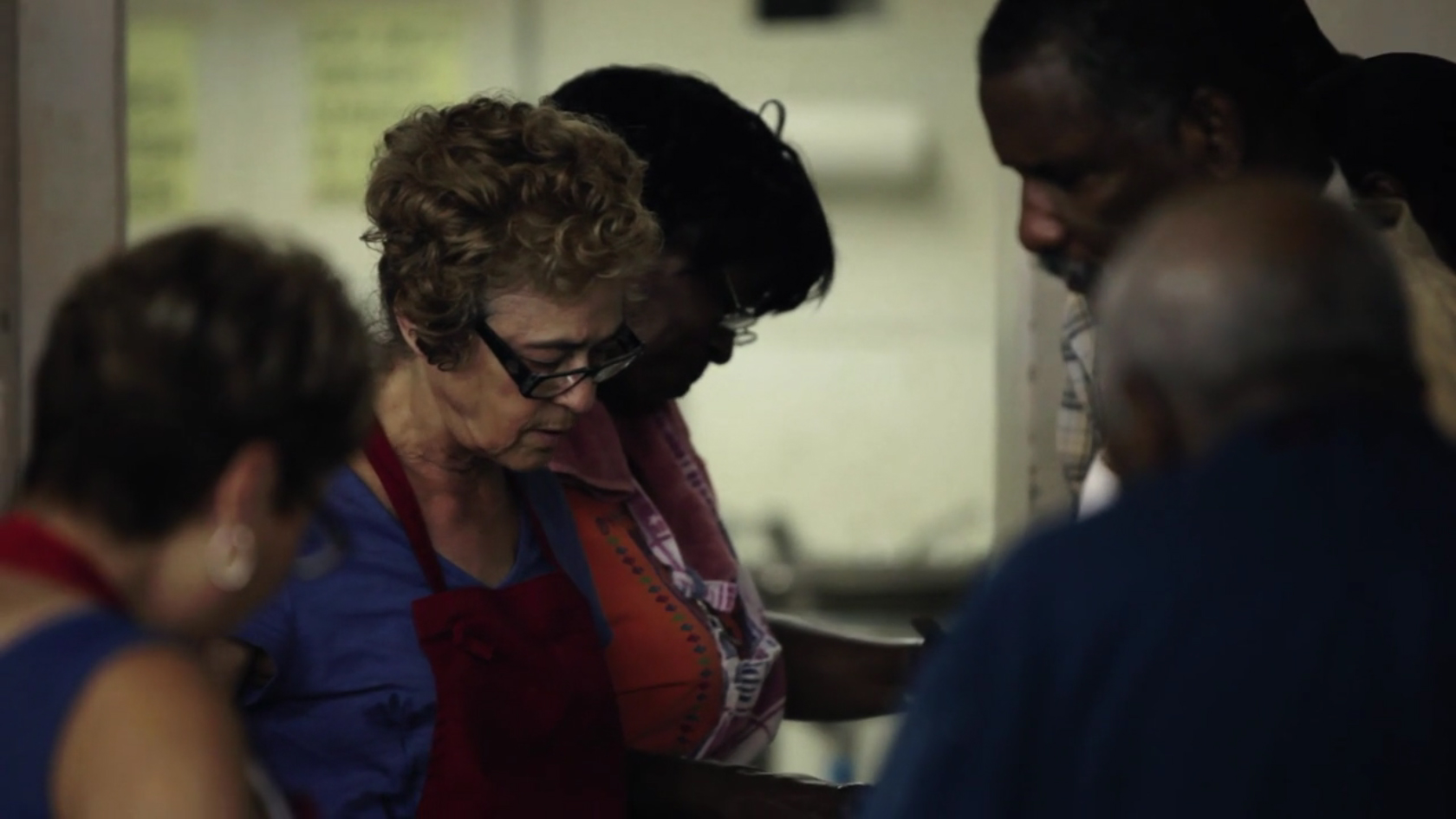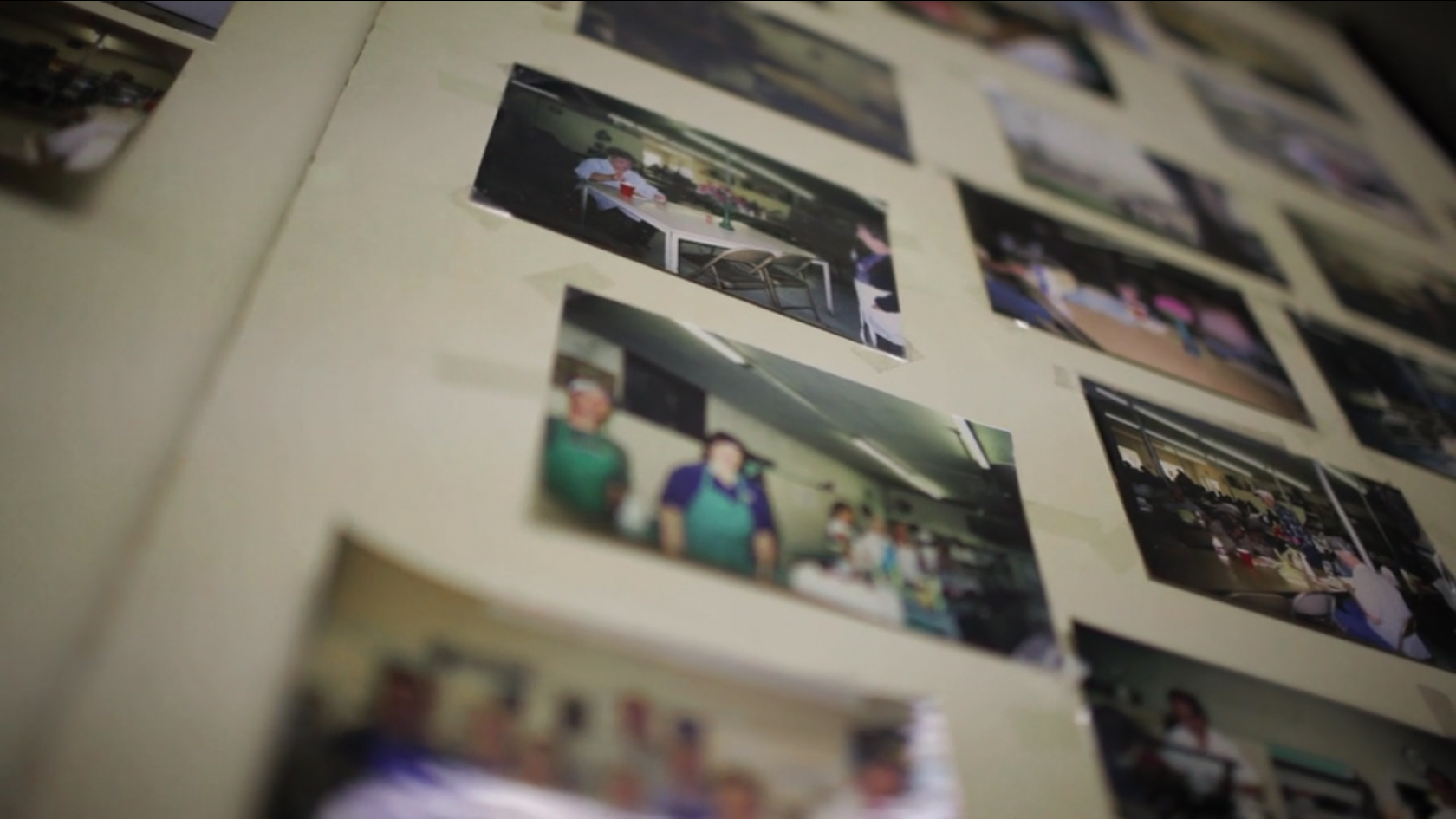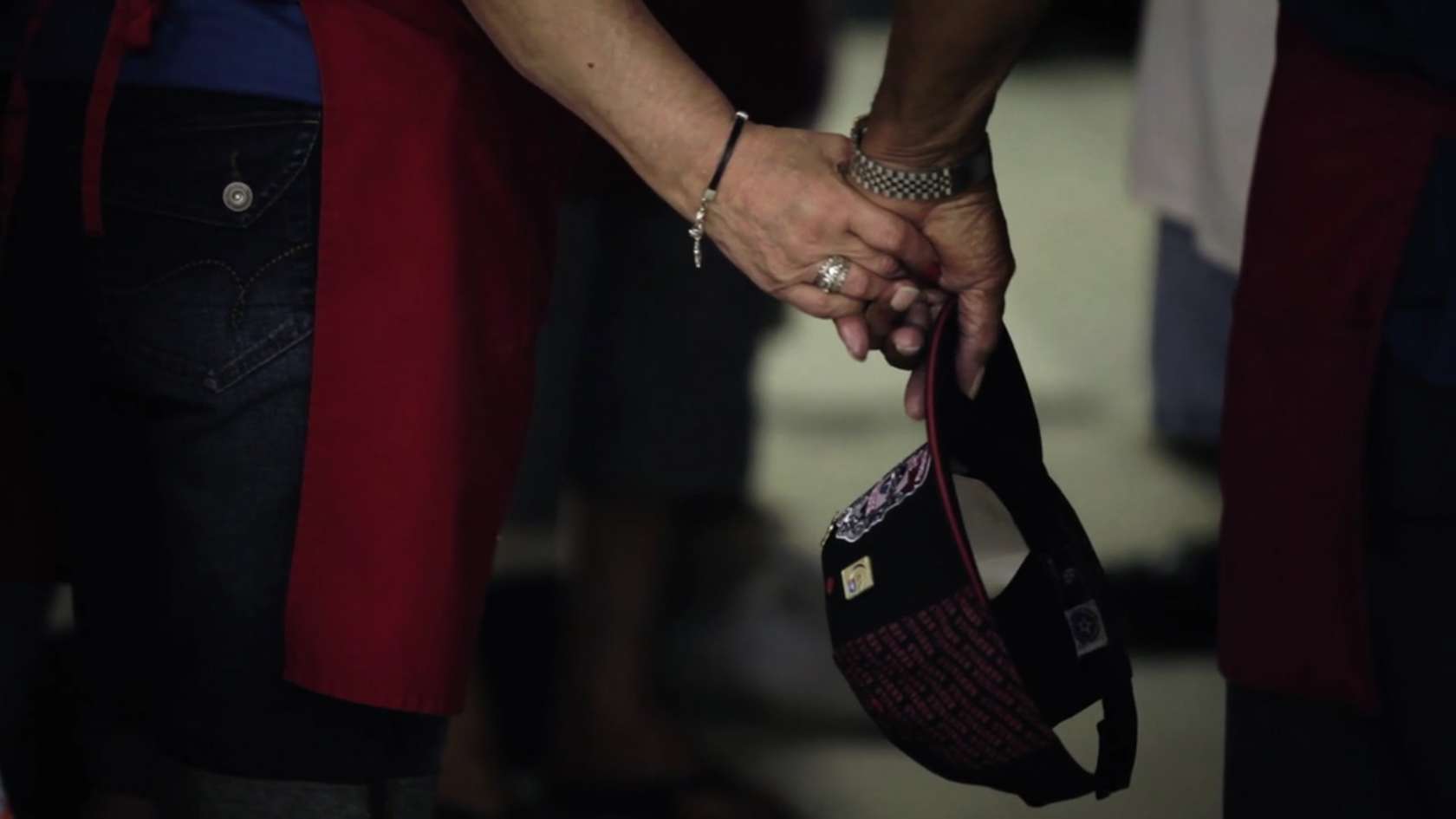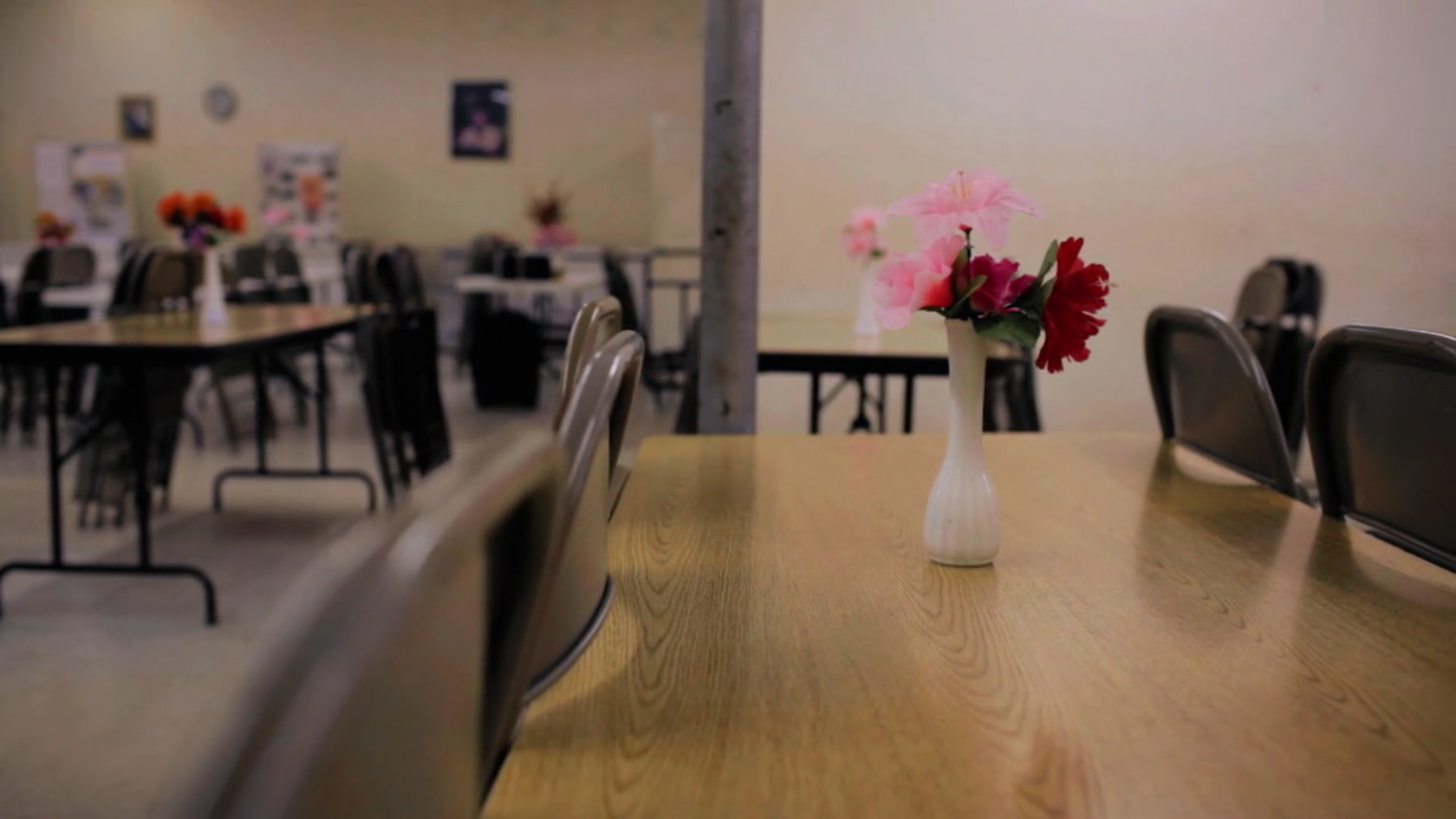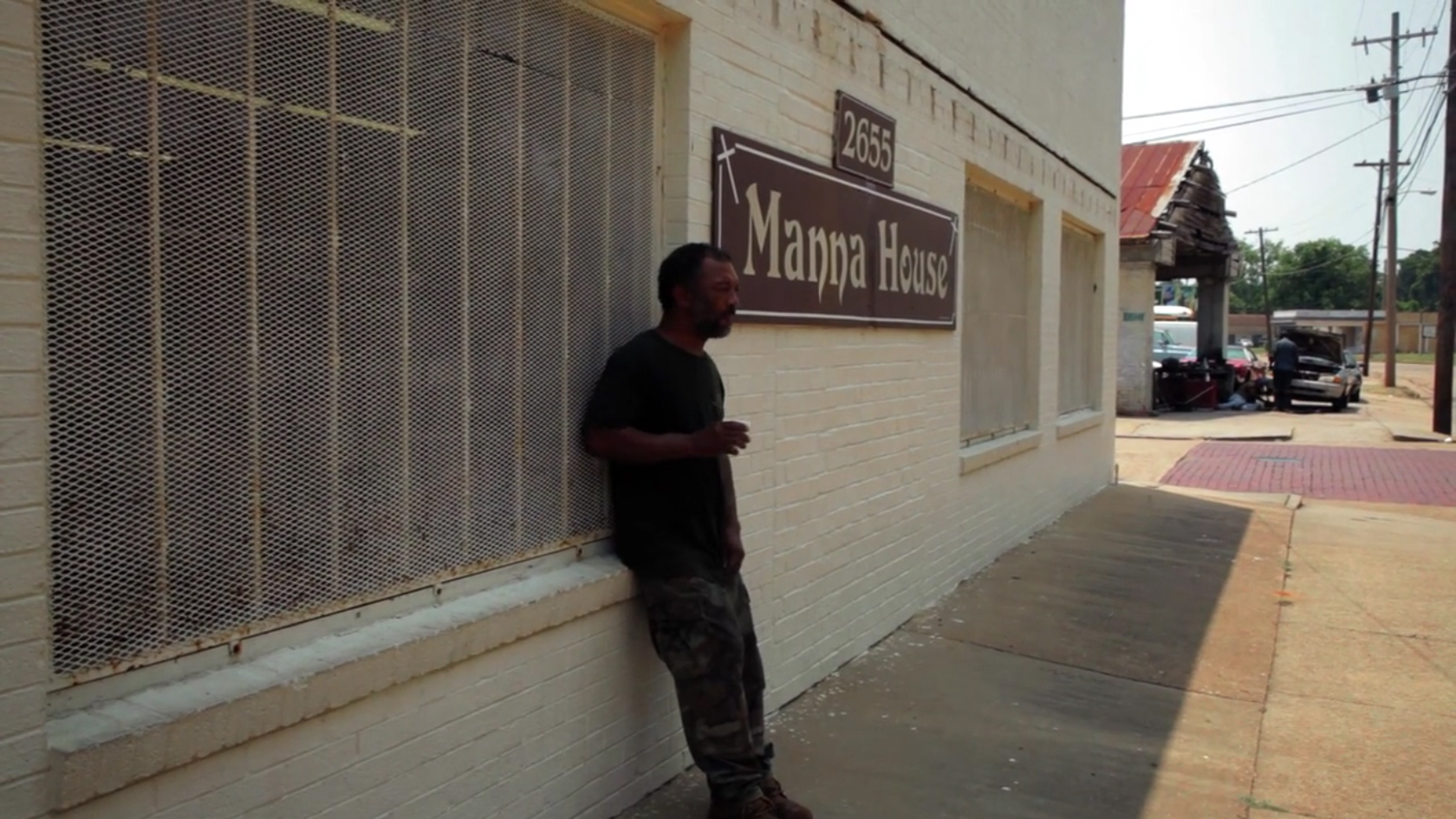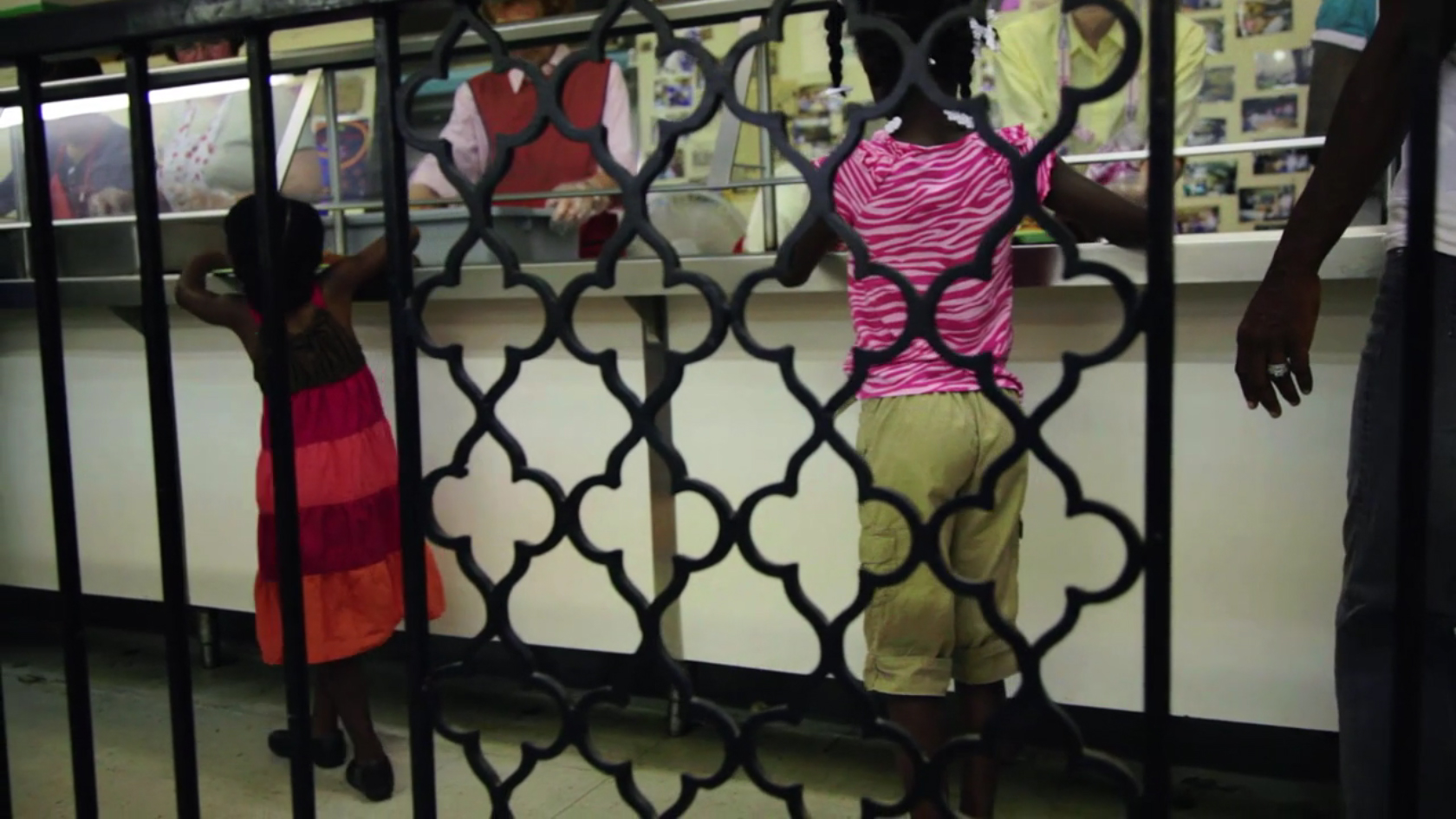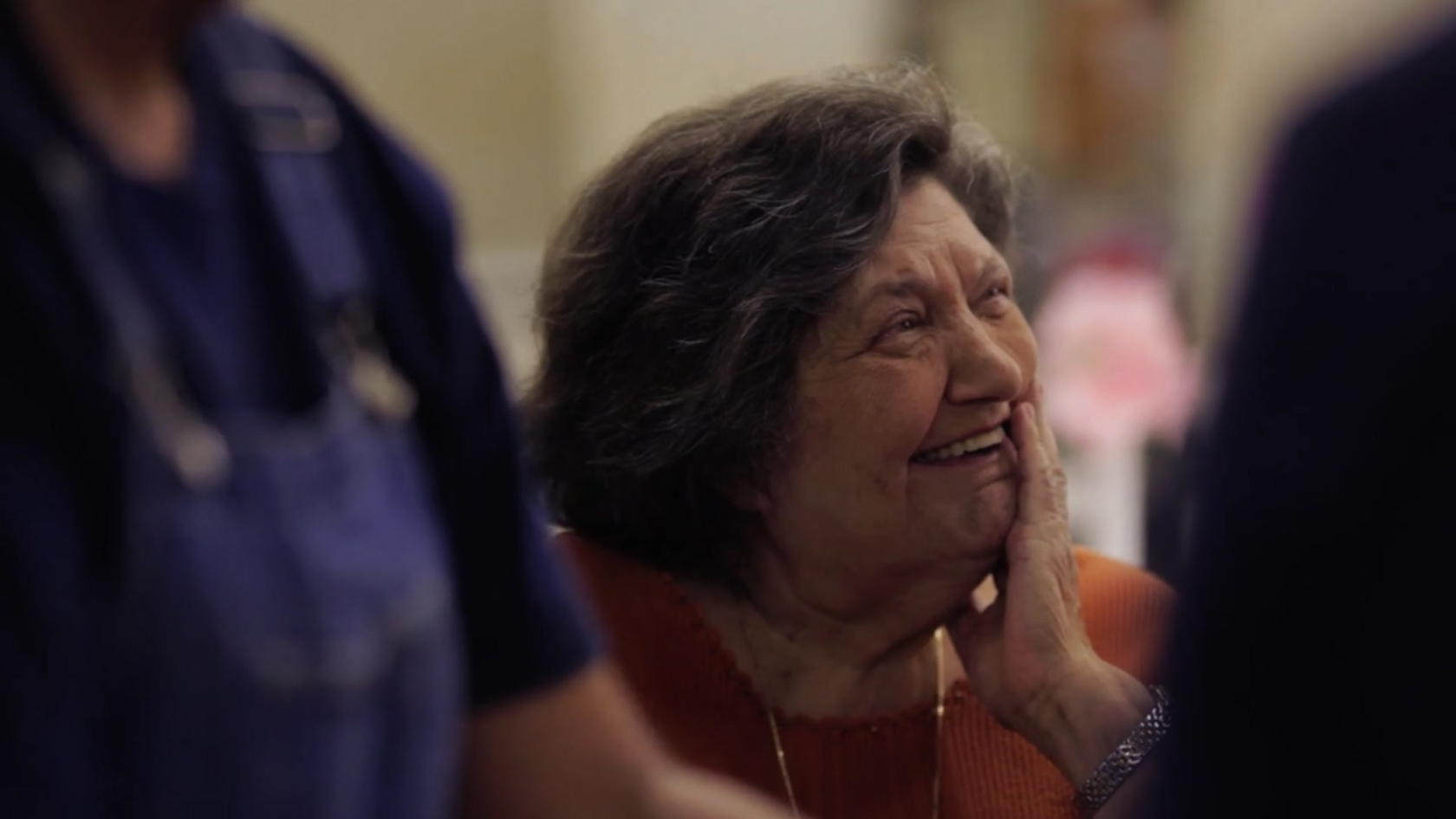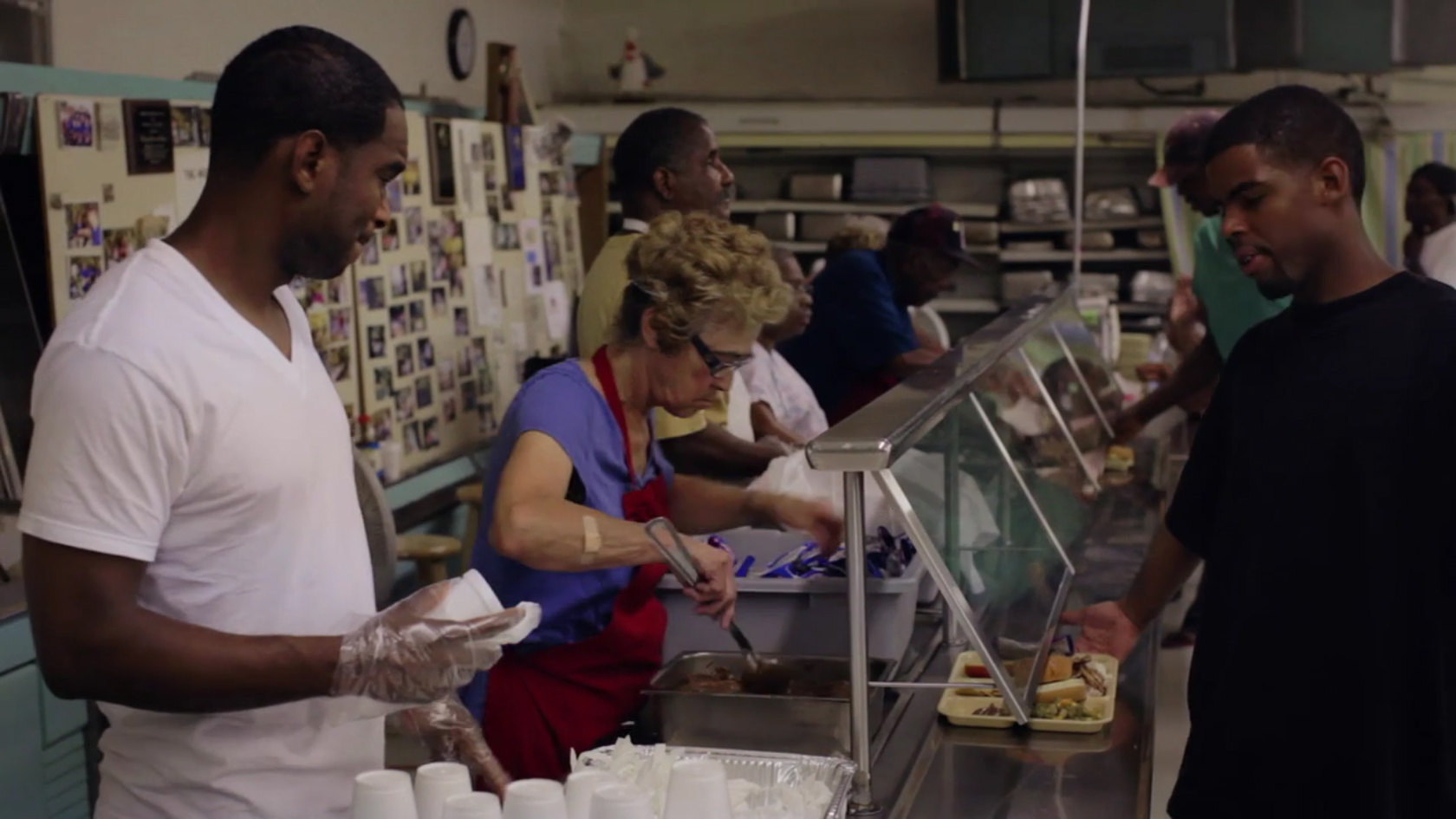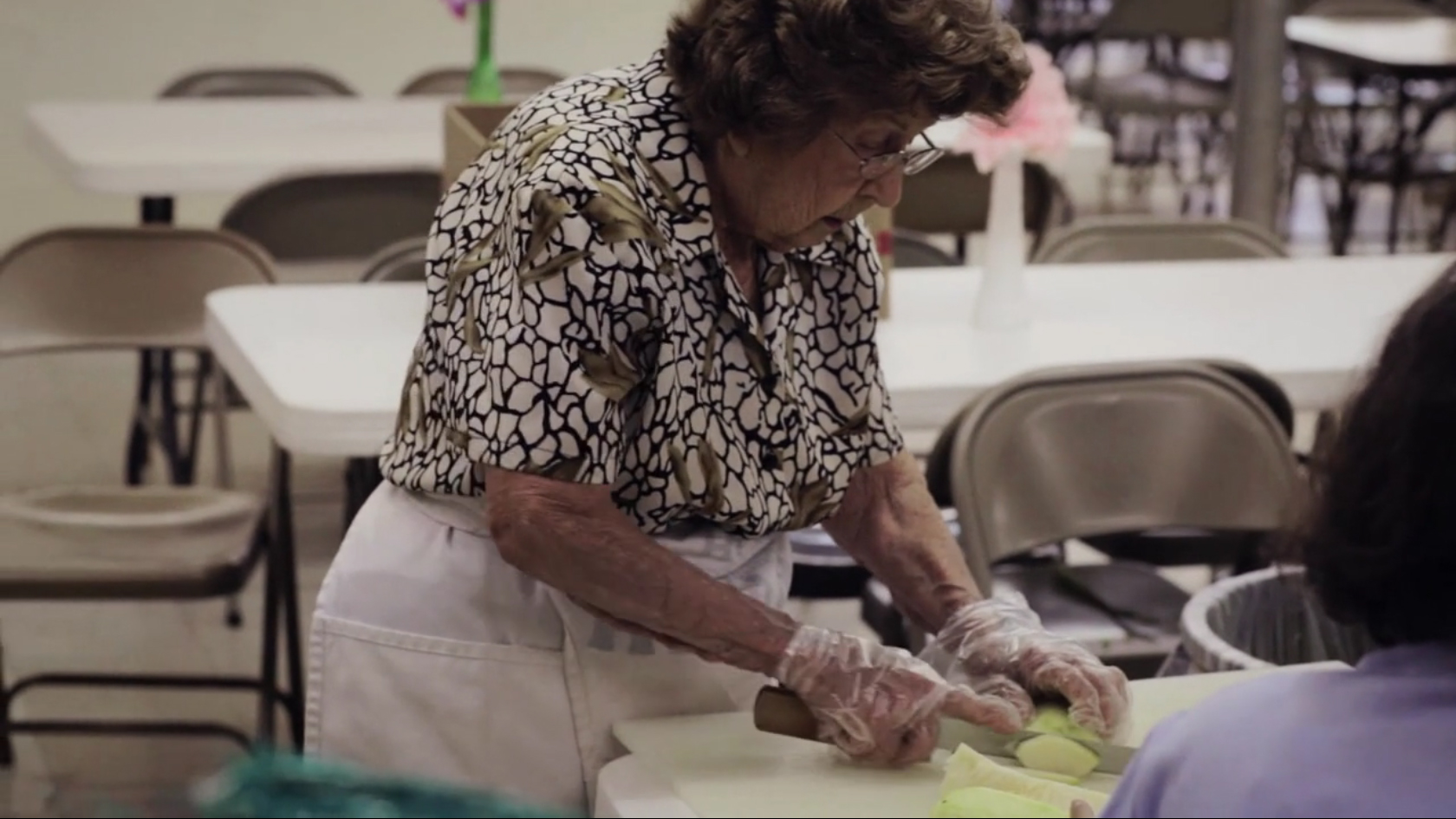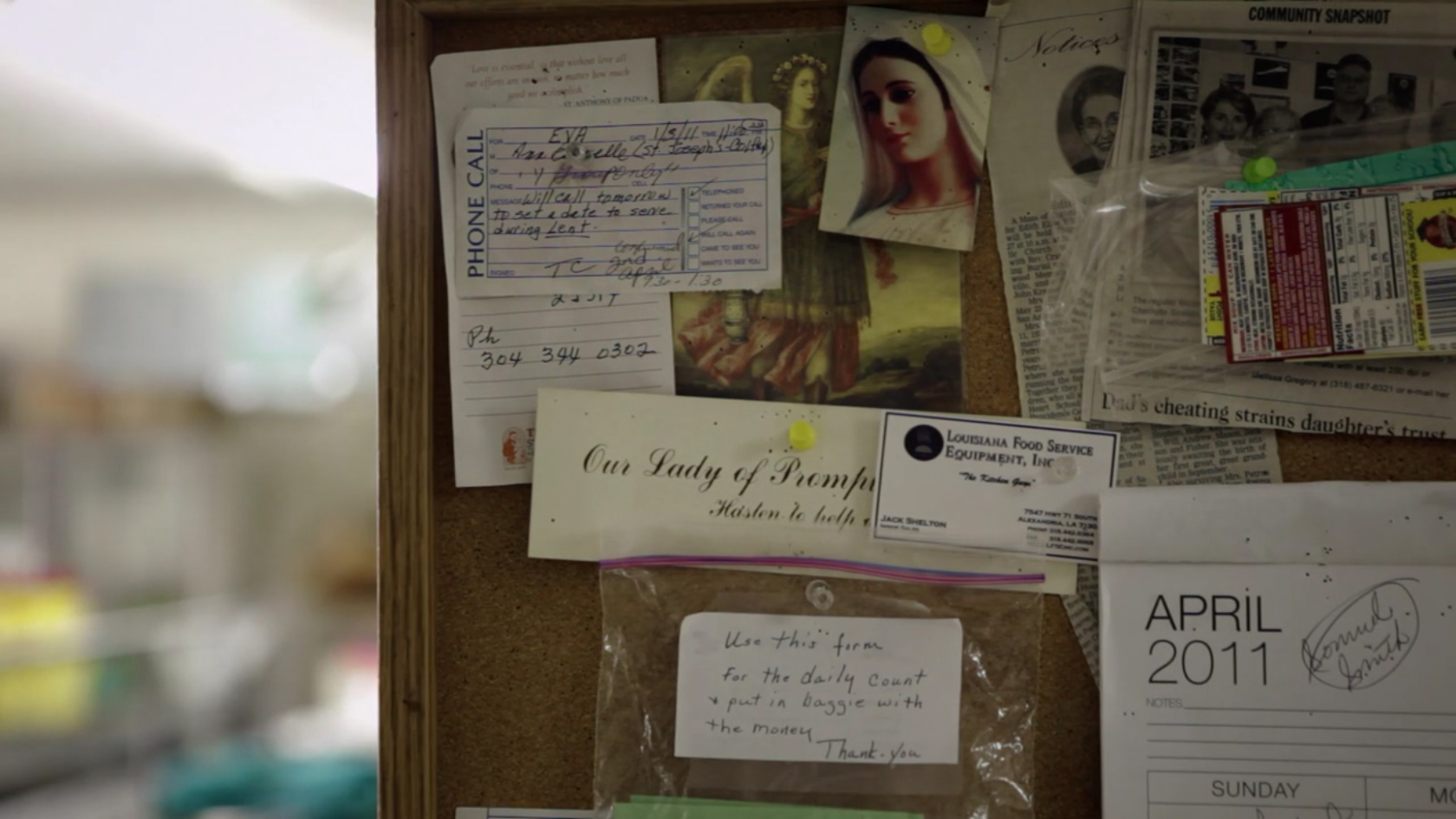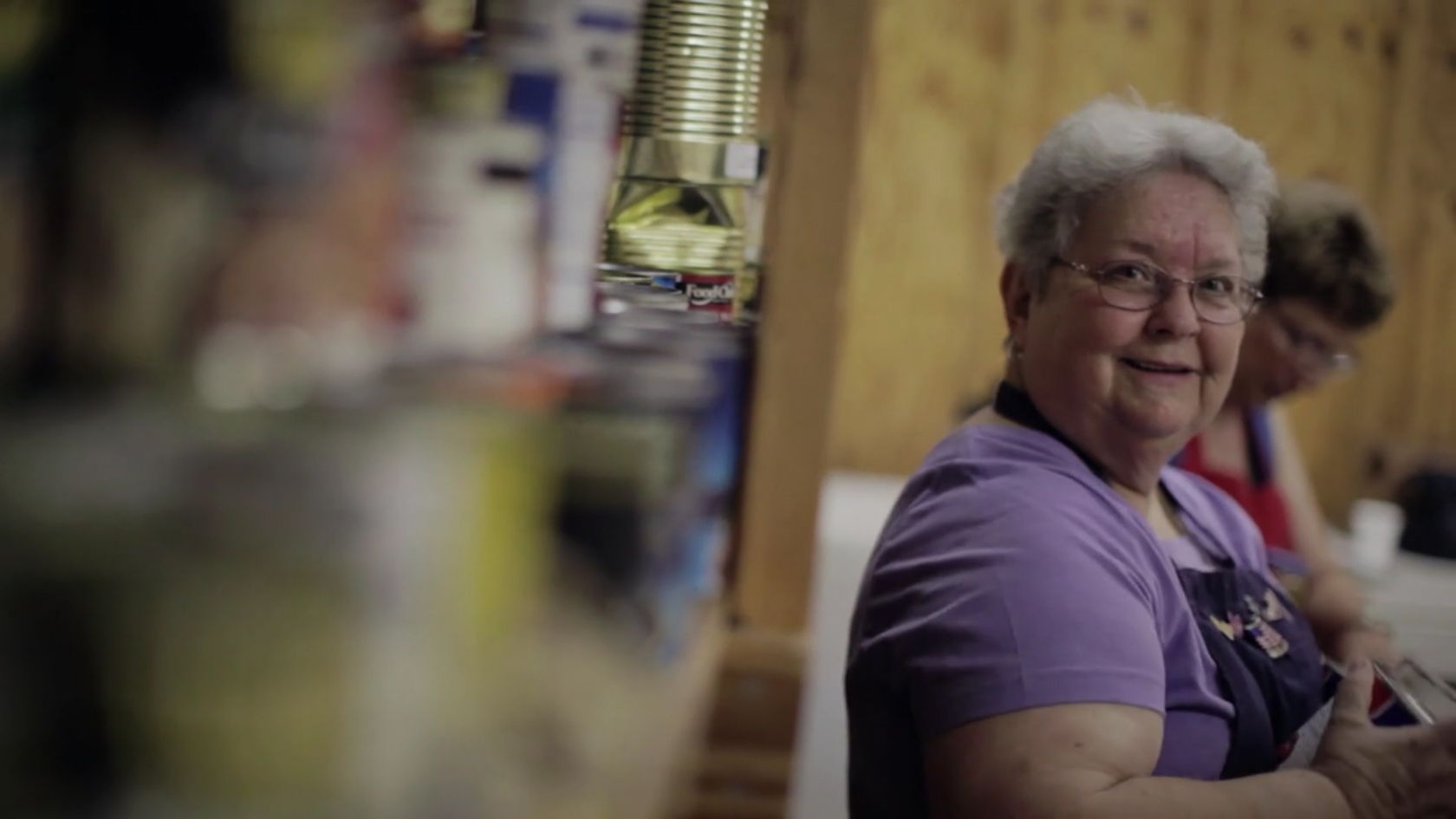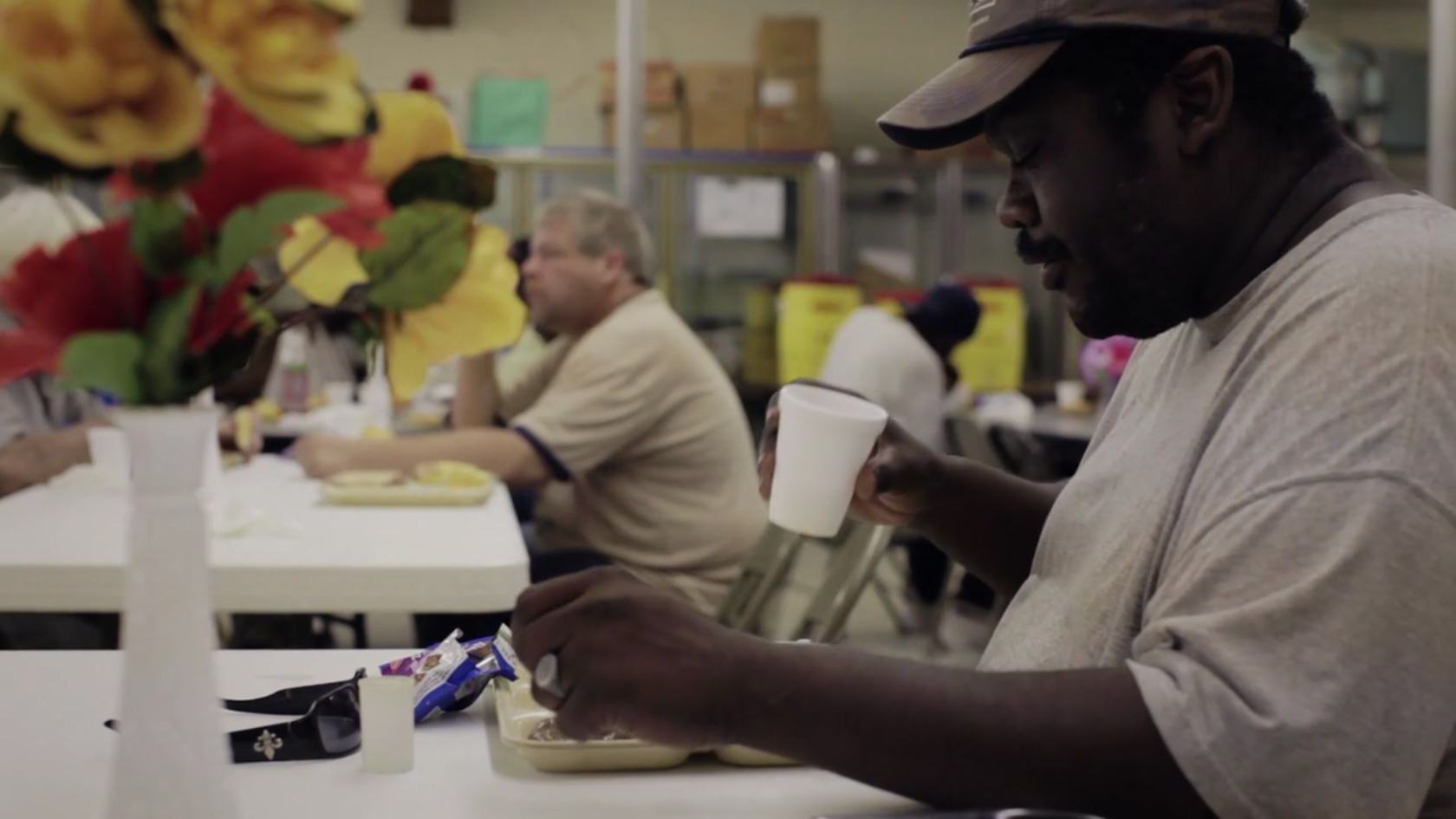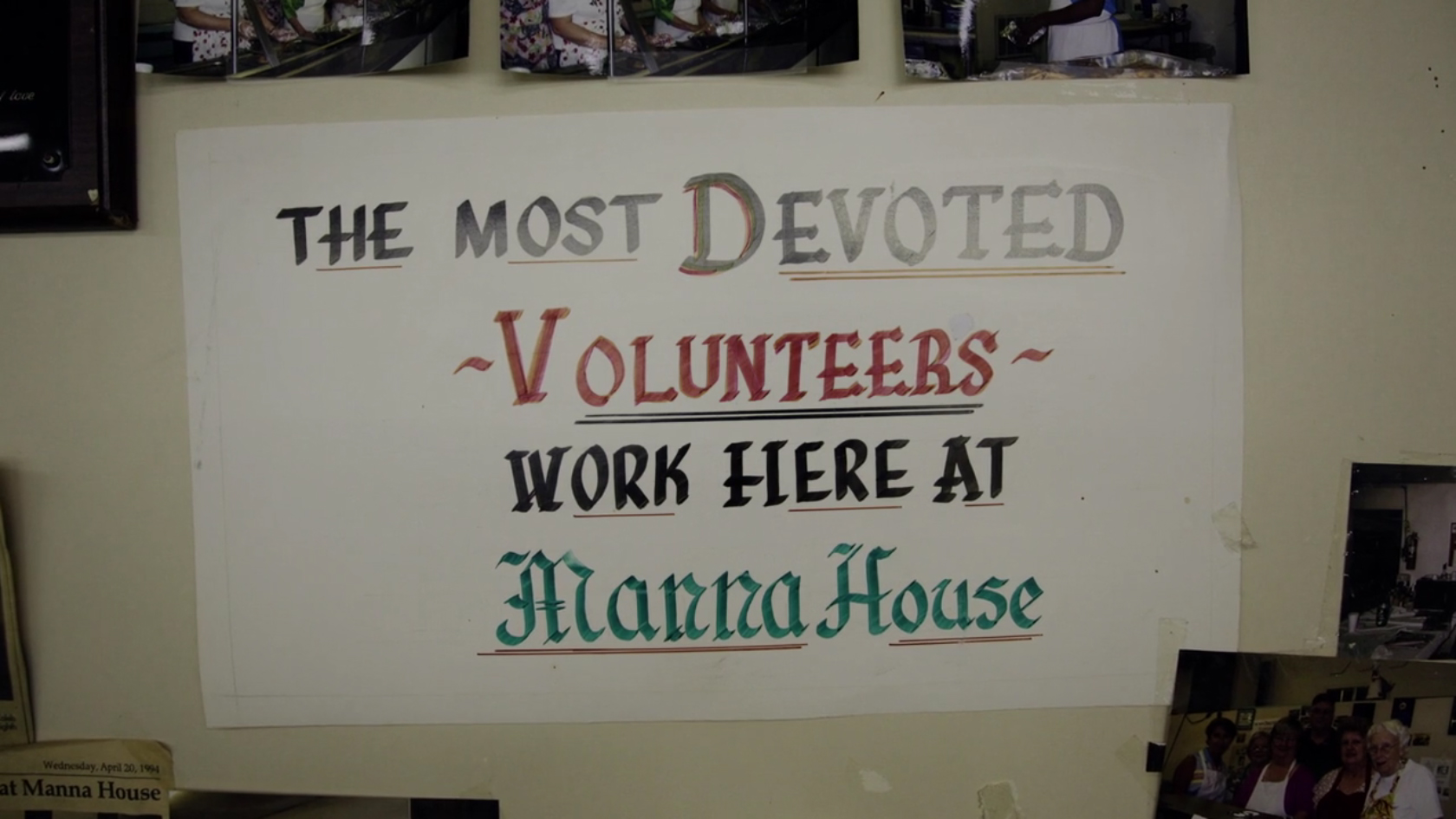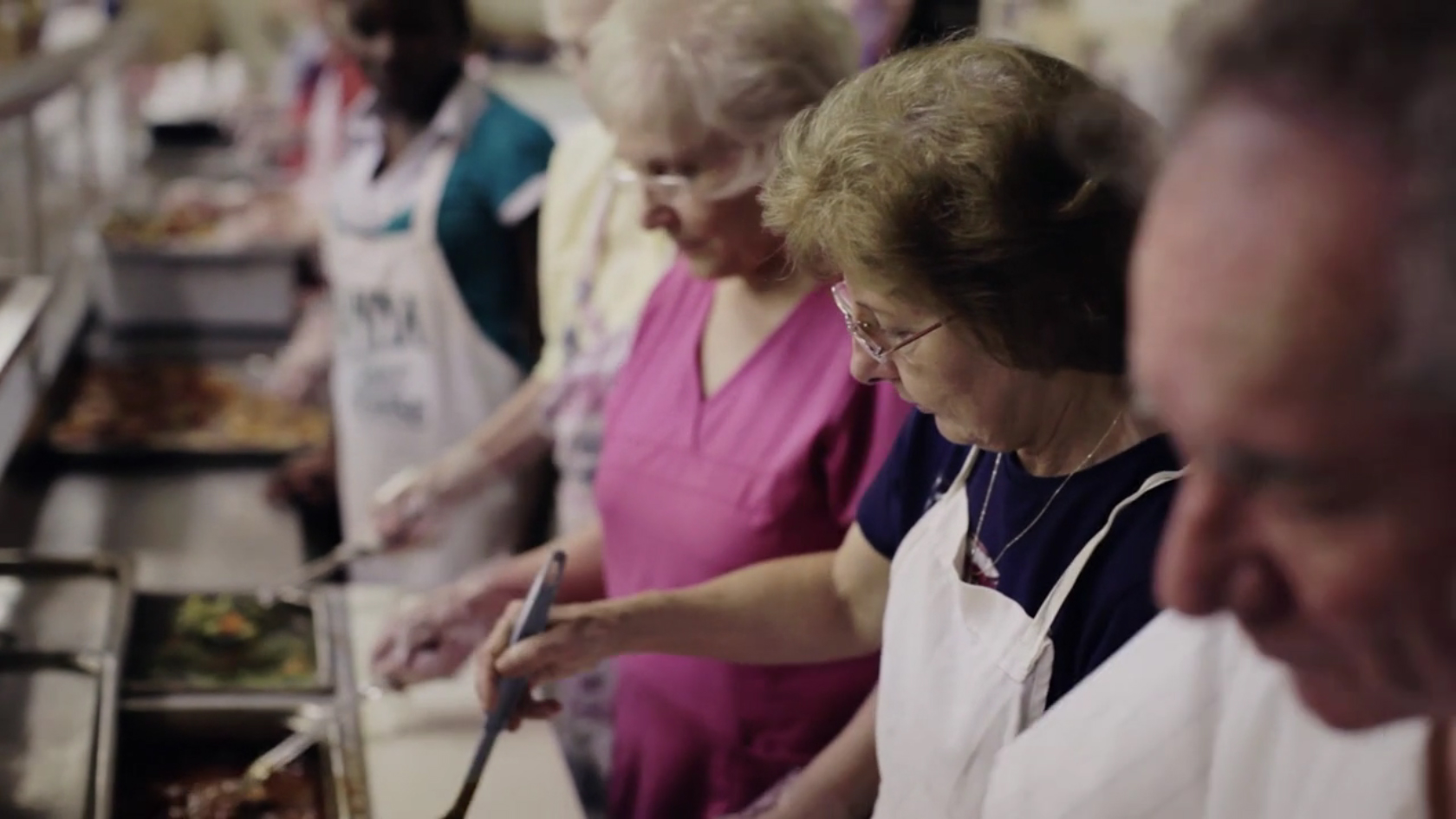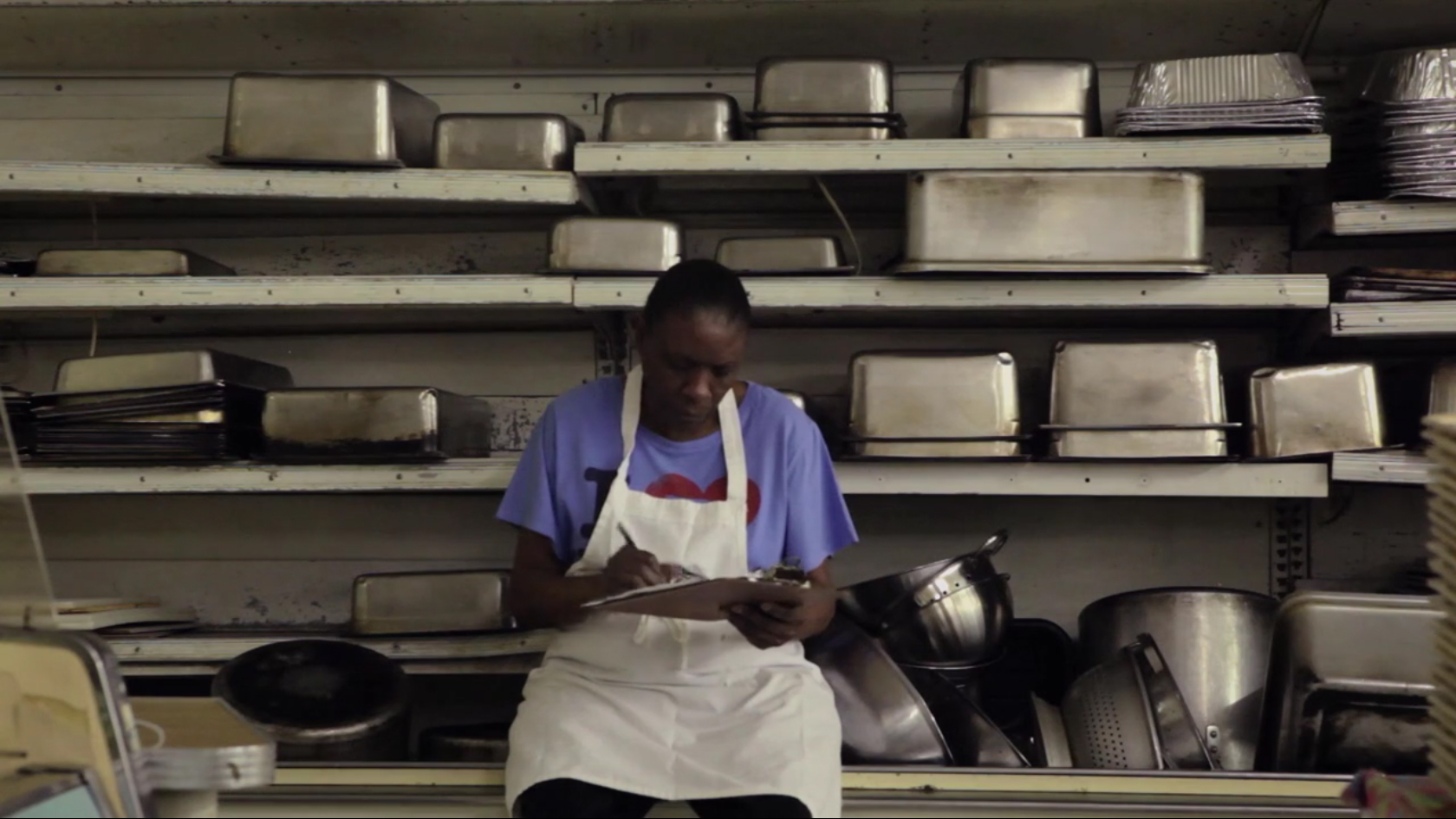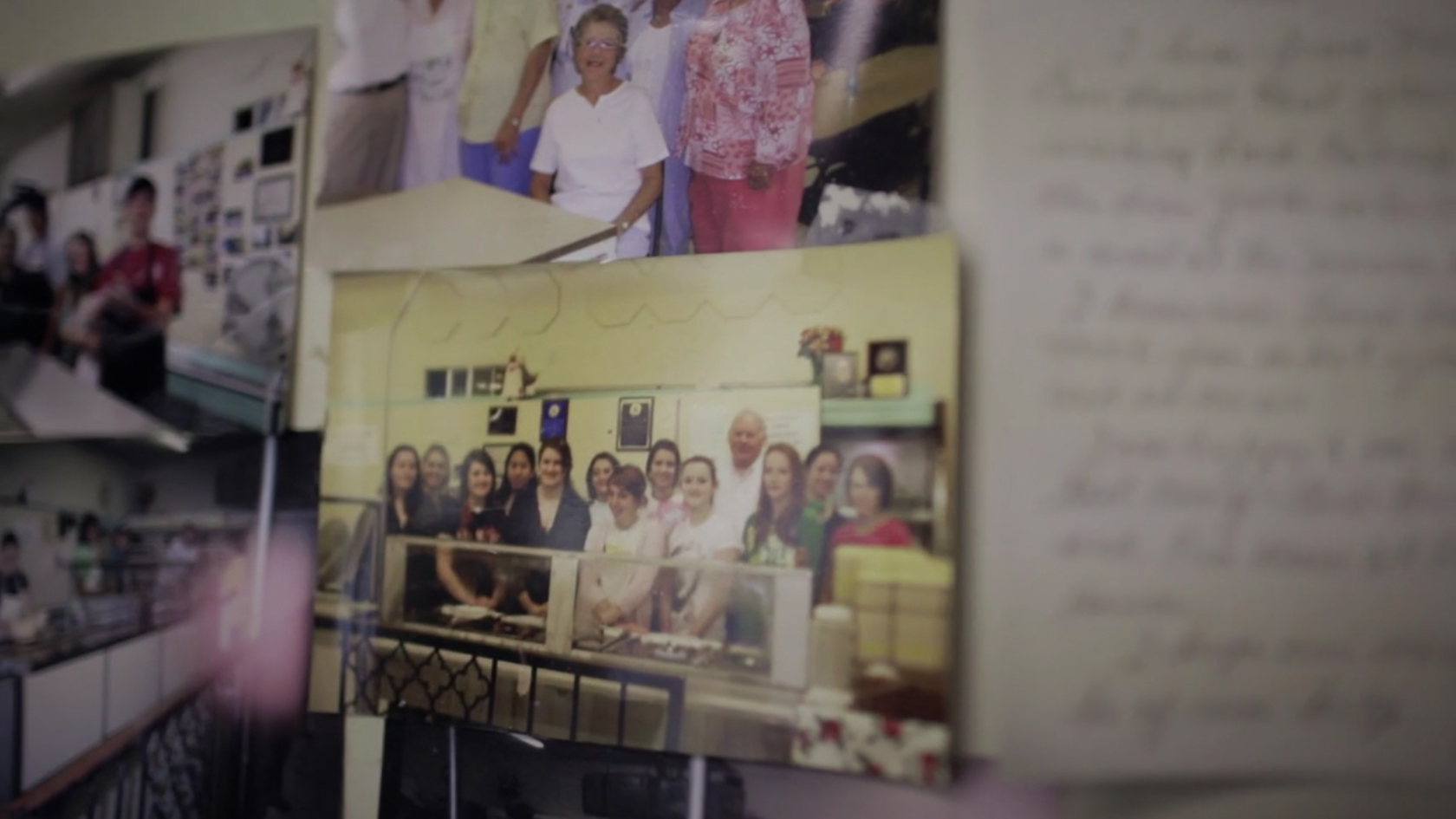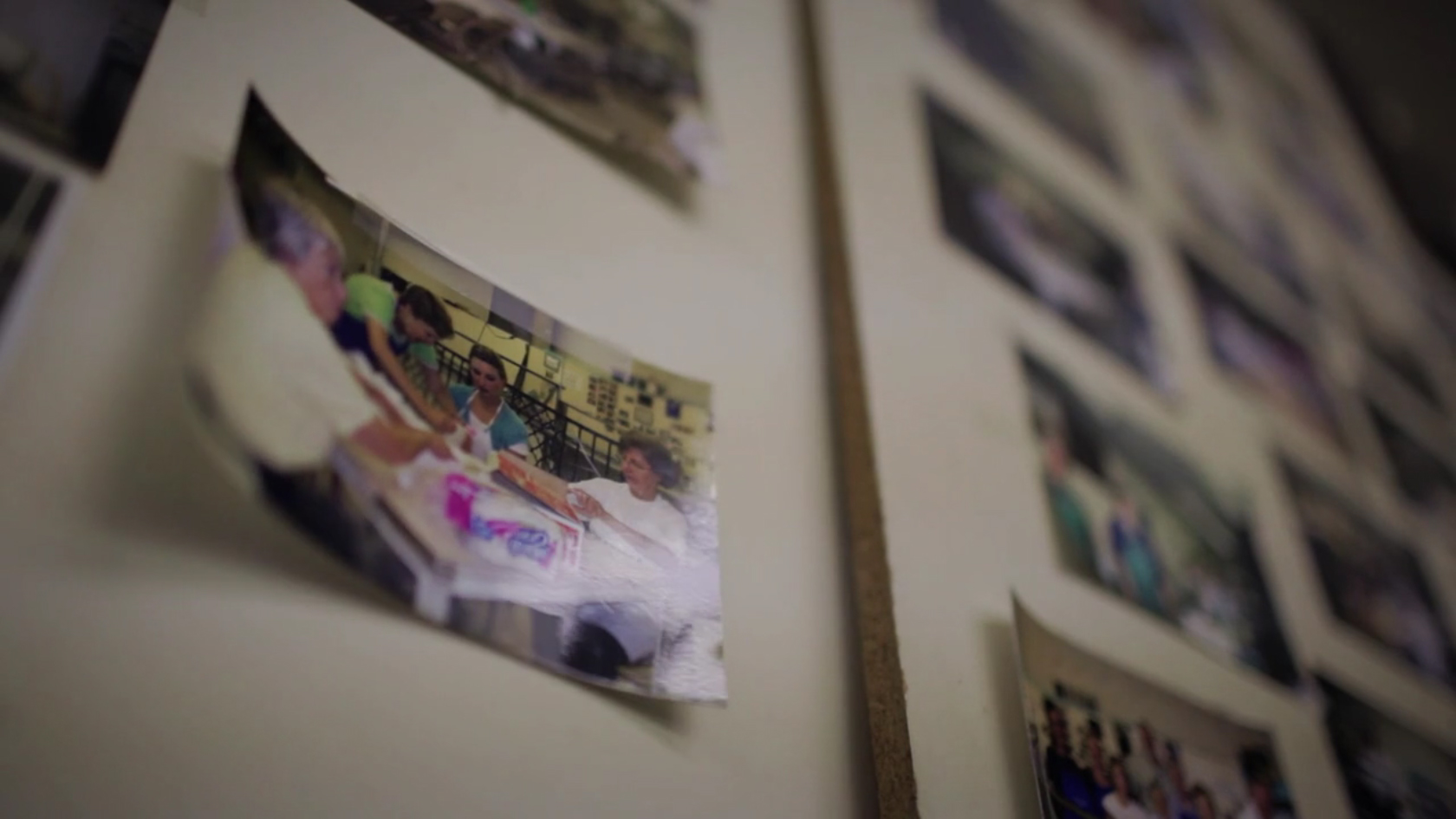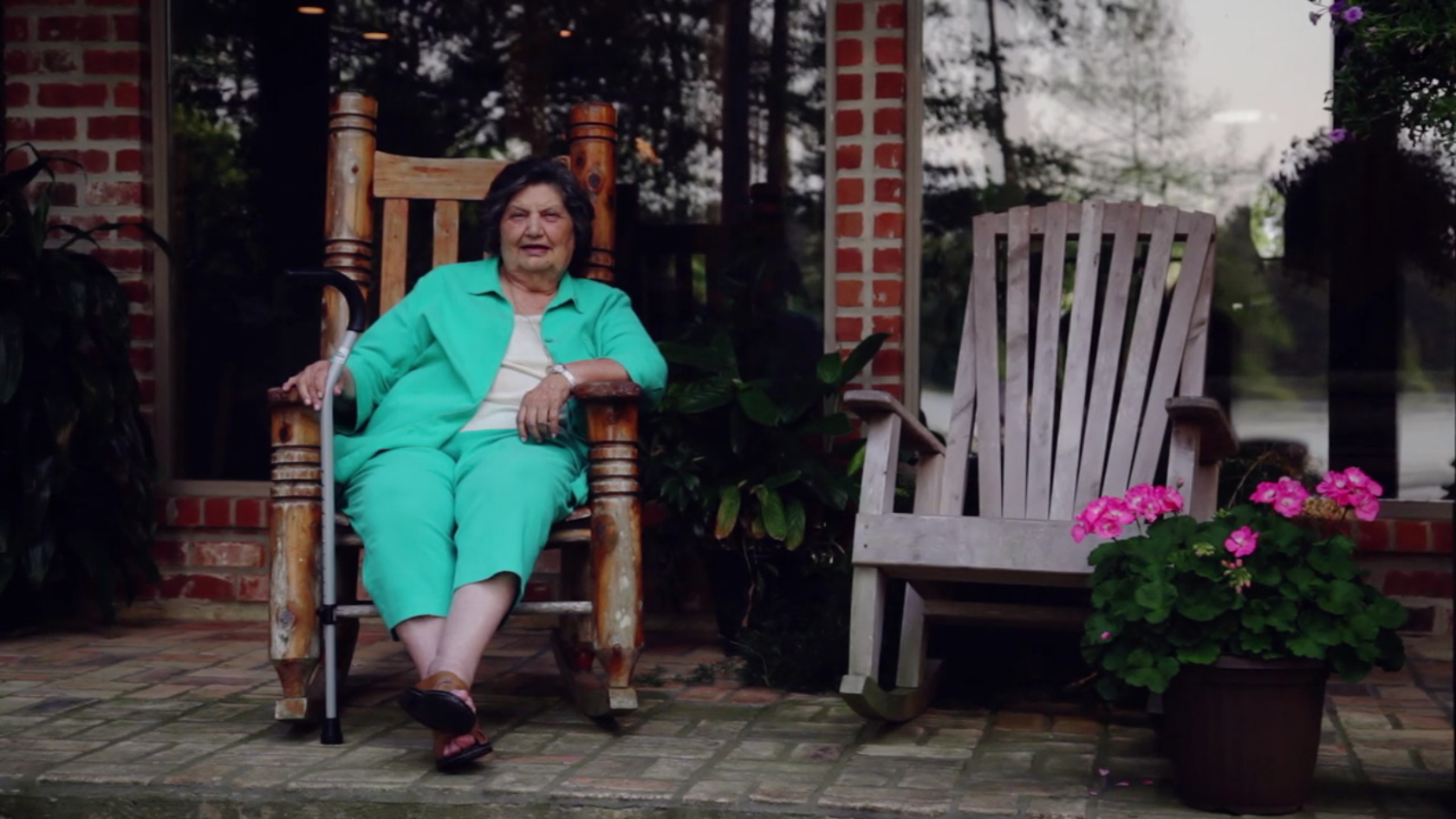About Us
“When I was hungry, you gave me food.”
~ Mathew 25: 35
It all started 25 years ago, when Fr. Gerard Foley wanted to make an impression on his congregation at St. Frances Cabrini Church with his homily about feeding the hungry.
“When I was hungry, you gave me food.” . . . . (Mathew 25: 35)
He knew they had heard it all before. But this time he really wanted them to listen . . . and to think about doing something about it. So at the end of his homily, he challenged whoever was interested in doing something about it, to come to a meeting Monday night and to discuss it.
Fifteen people showed up.
That small group of 15 discussed maybe having some type of soup kitchen, but where would the money come from? Where would it be located? Where would the food come from? Who would do the work? Unanswered questions called for another meeting in two weeks.
This time, 30 people showed up.
One person volunteered the use of an un-used building for a few months. Another volunteered to organize the workers. Another promised to have a food drive to collect canned foods. Could this really work? How long could we keep doing it? More unanswered questions called for a third meeting in two weeks.
This time, 60 people showed up.
Word was getting around about starting a soup kitchen and more people in the congregation were getting excited about it. This was the “make or break” meeting.
“I told them they had to decide that night if we were going to do this or not,” said Fr. Foley. “All 60 people that night made a decision to commit themselves to starting Manna House.”
May 1, 1990 – Manna House opened its doors at 2655 Lee Street.
Nineteen people showed up to eat a free meal.
By mid-summer, 1990, Manna House was feeding almost 400 people a day.
The infant ministry of feeding the hungry at Manna House was born in central Louisiana.
Today, Manna House continues to rely on volunteers and donations to keep the ministry going. It gets no financial assistance from the federal, state, or local government, or from any particular church, diocese, or organization.
Hot, balanced, nutritious meals are served every day to anyone who walks in the door – no questions asked. There are no forms to fill out, no need for an ID, or even to sign in – just pick up a plate and go through the line.
Feeding several hundred people daily, 365 days a year requires an army of dedicated volunteers to collect the food, prepare and cook the food, and wash dishes and clean up. It takes 10-15 volunteers every day (including weekends and holidays), 3-6 hours to transform donated food items into hot, delicious meals for the poor and hungry in our community.
“We are also fortunate to have two outstanding cooks, who are not only expert chefs, but have the knack of making the best use of foods available and without waste,” said Fr. Foley. “We don’t waste anything around here.”
Most of the volunteers at the Manna House can be catagorized into two groups: a core group of regular volunteers and transient volunteers who come and go. The transient group includes students or youth groups, who volunteer to fulfill school or organization requirements. In other cases, adults, with a little extra time on their hands, come to help out temporarily.
The core group consists of those regular volunteers who come on a particular day or days, every week, all year long. The core group includes people of all ages, all walks of life, and from many different area churches. The core group of volunteers is the backbone of the Manna House.
While Father Foley and the parishioners at St. Frances Cabrini Church deserve the credit for starting Manna House, Father Foley and the entire community can be credited for keeping it going.
“Manna House is a totally ecumenical ministry. People from almost every denomination have volunteered to help serve or collect food,” said Fr. Foley. “Everyone is welcome to pitch in.”
Fr. Foley said it is impossible to mention all the hundreds of volunteers who have been an integral part of making Manna House what it is today. In the 15 years it has been in operation, it has closed only 4 days – that’s 5,614 successive days of operation, counting the 4 days it closed.
“That’s a long time to run an operation relying strictly on volunteers and donations,” he said. “The Manna House is a perfect example of what happens when a community pulls together to do God’s work.”
“The volunteers are what makes the Manna House,” said Fr. Foley. “Without them, we could not continue this ministry.”
“The Manna House is a perfect example of what happens when a
community pulls together to do God’s work.”
~ Fr. Foley
How can you give?
Click the button below to...
